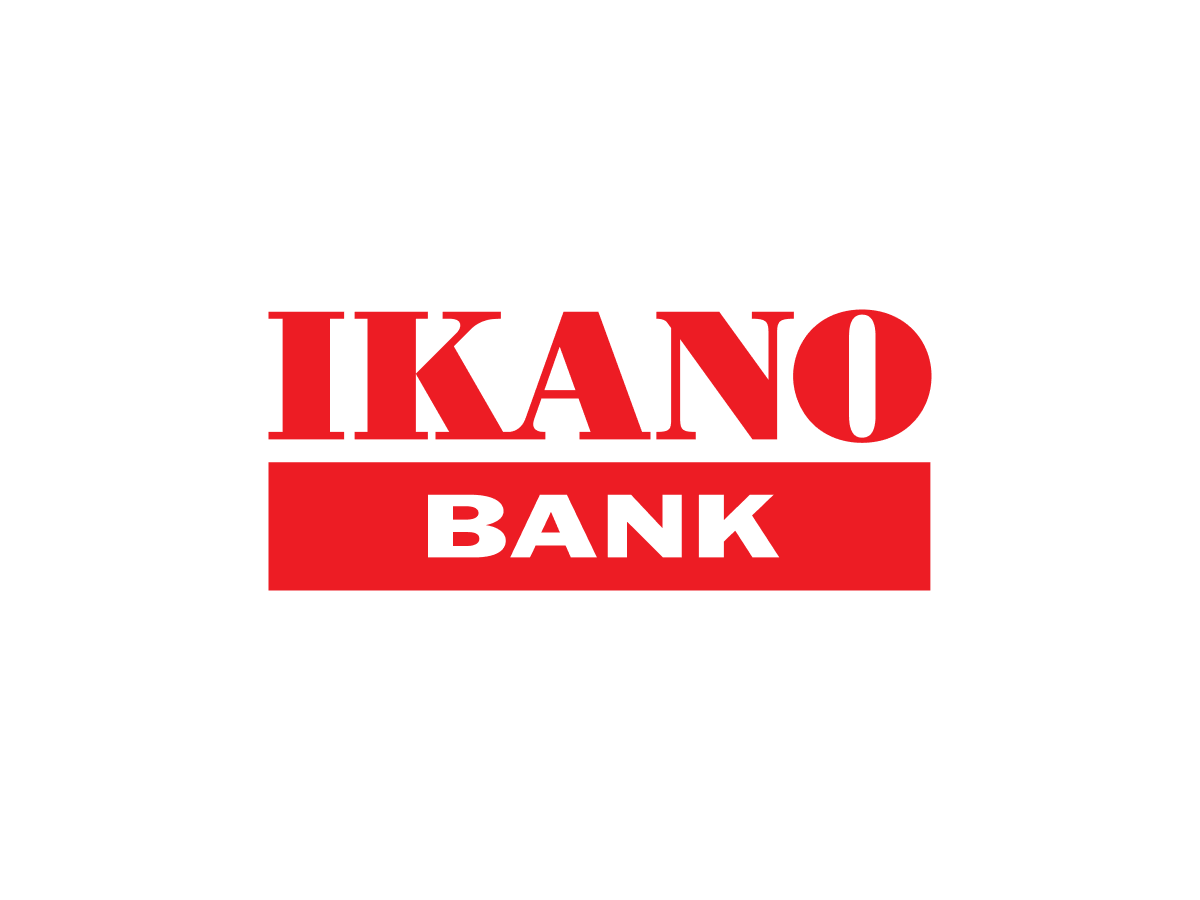- AWS home›
- AWS Cloud Resilience
AWS Cloud Resilience
Build and operate resilient applications on AWS
Build for business continuity
Service disruptions—whether caused by human error, network issues, or load spikes—can result in costly downtime, regulatory penalties, and damaged brand trust. AWS provides services, automated recovery capabilities, and expert guidance to help you build and operate highly available applications that keep your business running. When you build on AWS, you get industry-leading availability on the largest private global network and more operational experience than any other cloud provider. Millions of customers trust AWS for their most business-critical applications.
Benefits
AWS delivers the highest network availability of any cloud provider so you can build and run your applications with confidence. Each AWS Region consists of at least three physically separate Availability Zones (AZs), with independent power infrastructure, cooling systems, network connectivity, and security systems to keep your workloads safe even in the event of a disaster near an AZ.
Each year, AWS automatically stops millions of botnet-driven distributed denial of service (DDoS) attacks within minutes—even seconds—before they can disrupt business operations, and highly trained response teams are in place to resolve any DDoS attacks that aren’t detected and mitigated automatically. AWS also analyzes over 100 million interactions a day and automatically mitigates threats using data from our unique global network of sensors.
AWS automatically detects hardware degradation and proactively replaces components before they fail and automatically remediates or mitigates 96% of all network events, which means nearly every event that can be addressed without human intervention is.
AWS Resilience Hub helps you assess application resilience and implement recommended improvements. AWS Fault Injection Service (FIS) makes it easier to test how your applications will handle real-world disruptions and demand spikes so you can fix issues before they impact customers. With Amazon Application Recovery Controller you can shift traffic across Availability Zones (AZs) and orchestrate complex failovers across Regions without any manual scripting.
Since 2006, AWS has delivered cloud services to millions of customers worldwide, giving us more operational experience at scale than any other cloud provider. Use proven best practices in the Operational Excellence Pillar of the AWS Well-Architected Framework and follow the Resilience Lifecycle Framework to minimize downtime risks and reduce the impact of potential failures.
Use cases
Take advantage of AWS fault isolation boundaries and follow the AWS Well-Architected Framework Reliability pillar to architect for resilience. Setup automated actions to shift traffic across Availability Zones (AZs) and orchestrate failovers across Regions with Amazon Application Recovery Controller.
Define your RTO and RPO targets for applications, infrastructure, Availability Zone, and Region disruptions, and track your resilience against those targets with AWS Resilience Hub.
Use AWS Fault Injection Service (FIS) to test real-world disruptions and demand spikes, so you can identify and fix issues before they impact customers.
Use Region switch to orchestrate recovery across AWS Regions and gather data about the recovery process from across resources and accounts required for compliance reporting. Use AWS Fault Injection Service (FIS) experiment reports to demonstrate your resilience capabilities and provide regulators with documented evidence of disaster recovery testing.
Use AWS Backup for automated data protection across your AWS services and reliable, secure backup of your critical business data. Use AWS Elastic Disaster Recovery to minimize downtime and data loss by continuously replicating your business-critical applications from any source infrastructure to AWS for rapid recovery with sub-second RPO and RTO measured in minutes.
Featured Services and Solutions
Broadridge
"At Broadridge, we have critical systems that can’t afford to be down. We developed an ‘always on’ program using AWS services to ensure we were having near-zero recovery time objectives and recovery point objectives."
Todd Peterson, Vice President of Broadridge

Ikano Bank
"At Ikano Bank, we wanted to fully realize the benefits of the cloud, particularly its disaster recovery capabilities, but didn’t have the in-house capability to make that happen. AWS Resilience Hub provided tailored recommendations based on the AWS Well-Architected Framework, ensuring that our implementation aligned with best practices for operational excellence and reliability. As a financial institution, this gives us peace of mind that we have resilience built into our systems."
Carl Lundquist, Head of IT Operations and Services, Ikano Bank

Ally Financial
"AWS enables us to be agile and rapidly deliver a highly resilient and highly reliable fault tolerant system so that we can prevent our customers from near zero critical failure points. Collaborating with AWS has really helped us push the boundaries of innovation and what we can deliver in financial services, which is a heavily regulated industry. It continues to help us innovate, it continues to help us provide net-new products to our customers, and just like AWS, helps us to focus on our customer needs and put them front and center."
Sada Rajagopalan, Senior Director Lead Cloud Engineering, Ally Financial

Featured Content
Resilience Lifecycle Framework
A continuous approach to resilience improvement
Improving the resilience posture of an application is not a one-time effort; it is a continuous process that should be incorporated into how you build and operate your applications. This whitepaper shares strategies, services, and mechanisms you can use to drive continuous resilience into your organization.







